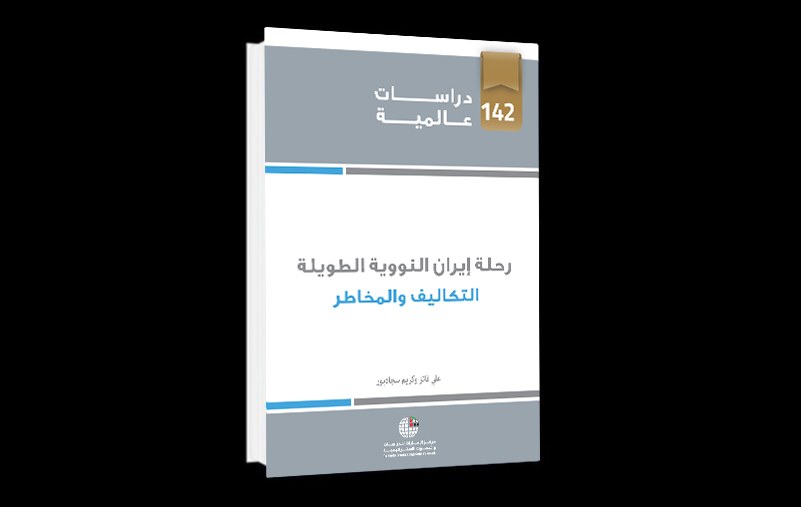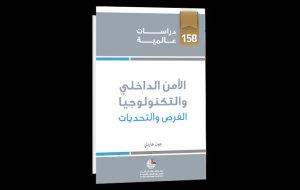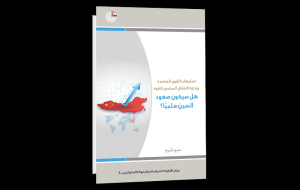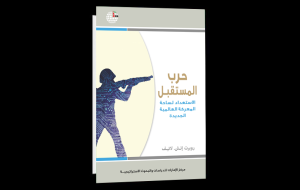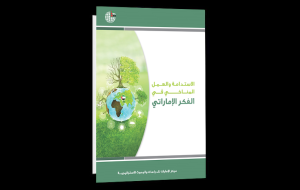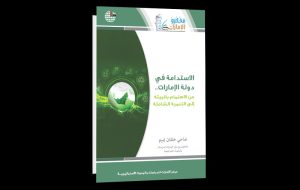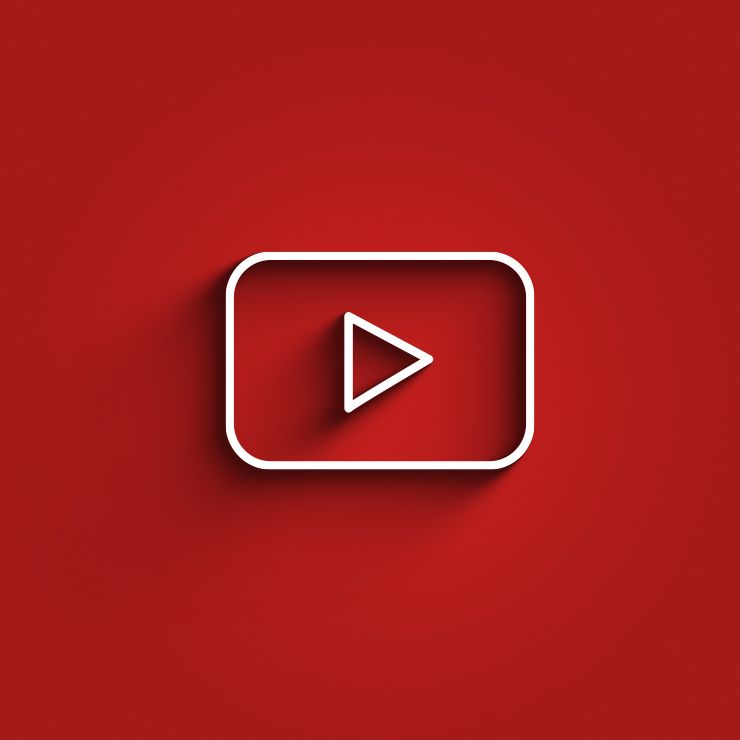Iran’s nuclear program has spanned half a century, marked by its enormous financial cost, the unpredictable risks associated with it and unclear motivations. The program’s covert history, and the Iranian government’s prohibition of open media coverage of the nuclear issue, have prevented a much-needed internal debate about its cost-benefit rationale. Critical questions as to the program’s economic efficacy and safety remain unanswered.
Evaluating the program’s costs reveals that:
• The program has had an economic impact of more than $100 billion, in terms of lost foreign investment and oil revenue.
• The Bushehr nuclear reactor took nearly four decades to complete and cost almost $11 billion (adjusted for inflation), making it one of the most expensive reactors in the world.
• Bushehr provides merely 2 percent of Iran’s electricity needs, while 15 percent of the country’s generated electricity is lost through old and ill-maintained transmission lines.
• Despite aspirations to be self-sufficient, Iran’s relatively small uranium resources prevent the country from having an indigenous nuclear energy program.
• Instead of enhancing Iran’s energy security, the nuclear program has undermined the country’s ability to diversify and achieve energy independence.
In terms of the risks, it is worth noting that:
• Iran is the only nuclear state that is not a signatory to the Convention on Nuclear Safety, and its nuclear materials and stockpiles are some of the least secure in the world.
• The Bushehr reactor sits at the intersection of three tectonic plates. Any nuclear disaster at Bushehr would have grave regional ramifications.
• The Iranian government’s poor record of anticipatory governance and crisis management is exacerbated by the politicization of Iran’s nuclear program, which has seen safety and security concerns become secondary issues.
Although Iran now has an indigenous nuclear infrastructure that distinguishes it from other countries in the region, its nuclear power plants are not as modern, safe or commercially competitive as those its neighbors are likely to procure faster and with much less capital investment. Interest in nuclear energy is growing throughout the region; Saudi Arabia, Bahrain, Kuwait, Oman and the United Arab Emirates have declared their interest in pursuing civilian nuclear programs.
As for the policy implications for the United States and its allies, economic pressure and military force cannot ‘end’ Iran’s nuclear program. It is too entangled in national pride—however misguided—and its costs have been too great to simply be abandoned. The nuclear issue will never be fully resolved in the absence of a broader political settlement. The only sustainable solution to ensure Iran’s nuclear program remains purely peaceful is a mutually agreeable diplomatic one. Given that political reconciliation is unlikely, the goal should be détente.
Such a deal would require the United States and European Union to ease the most punishing sanctions, namely those against Iran’s Central Bank and oil sales. Any agreement would need to include commitments by Iran to forgo any activities vital to producing nuclear weapons. The International Atomic Energy Agency (IAEA) has already identified some of the benchmarks of nuclear weaponization, and others could be specified and monitored. Any Iranian activities that violate these benchmarks would be illegitimate within a peaceful nuclear program.
Alternative options should also be highlighted, such as Iran’s solar energy potential, which is estimated to be thirteen times greater than its total energy needs. By offering Iran cutting-edge alternative energy technologies, a positive precedent could be set for other nuclear energy ambitions. These potential areas of collaboration must be clearly identified, with concrete incentives proposed in return for Iran’s verifiable concessions.
At present, domestic pressure will not compel the Iranian government to reconsider its nuclear activities. The Iranian public are indeed suffering; economic conditions have deteriorated due to the sanctions, but the absence of credible polling makes it impossible to discern exactly what percentage of Iranians remain supportive of the country’s nuclear program.
Public diplomacy should complement nuclear diplomacy. The United States and its allies should make clear to the Iranian public that a prosperous, integrated Iran—as opposed to a weakened and isolated Iran—is in the interests of all parties. Washington should clarify what Iranians would collectively gain from a nuclear compromise (other than a reduction of sanctions and minimized potential for conflict) and explain how a more conciliatory approach by Iran would improve the country’s economy and advance its technological prowess, including its civilian nuclear energy sector.
A more effective US public diplomacy campaign is contingent upon, not only an improved message, but a better medium. The influence of the Voice of America Persian News Network (PNN) has grown so weak that in September 2010, President Barack Obama chose to communicate with the Iranian public through an interview with BBC Persian rather than PNN.
About the Authors: Ali Vaez and Karim Sadjadpour
Ali Vaez is the former director of the Iran Project at the Federation of American Scientists, a position he held until March 2012. He is currently the International Crisis Group’s senior Iran analyst. He has more than a decade of experience in journalism, and is a regular contributor to major news outlets with articles published in a number of international journals and newspapers.
Karim Sadjadpour is a senior fellow at the Carnegie Endowment for International Peace. He was previously an analyst with the International Crisis Group, based in Tehran and Washington. He is the author of Reading Khamenei: The World View of Iran’s Most Powerful Leader. Sadjadpour regularly appears on news channels as a political analyst and writes for prominent international journals and newspapers.
Publisher: Emirates Center for Strategic Studies and Research [In Arabic]
Year of Publication: 2014


